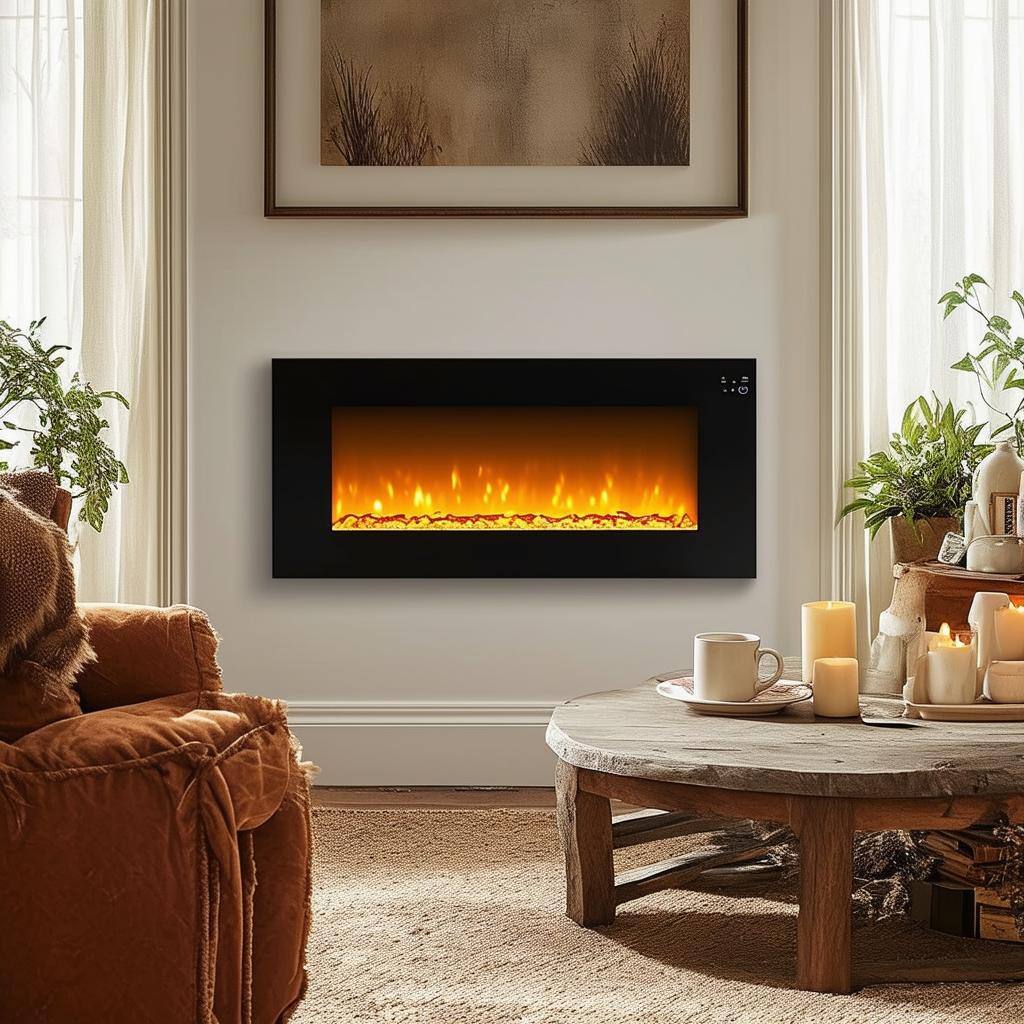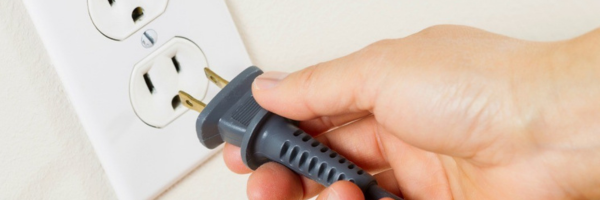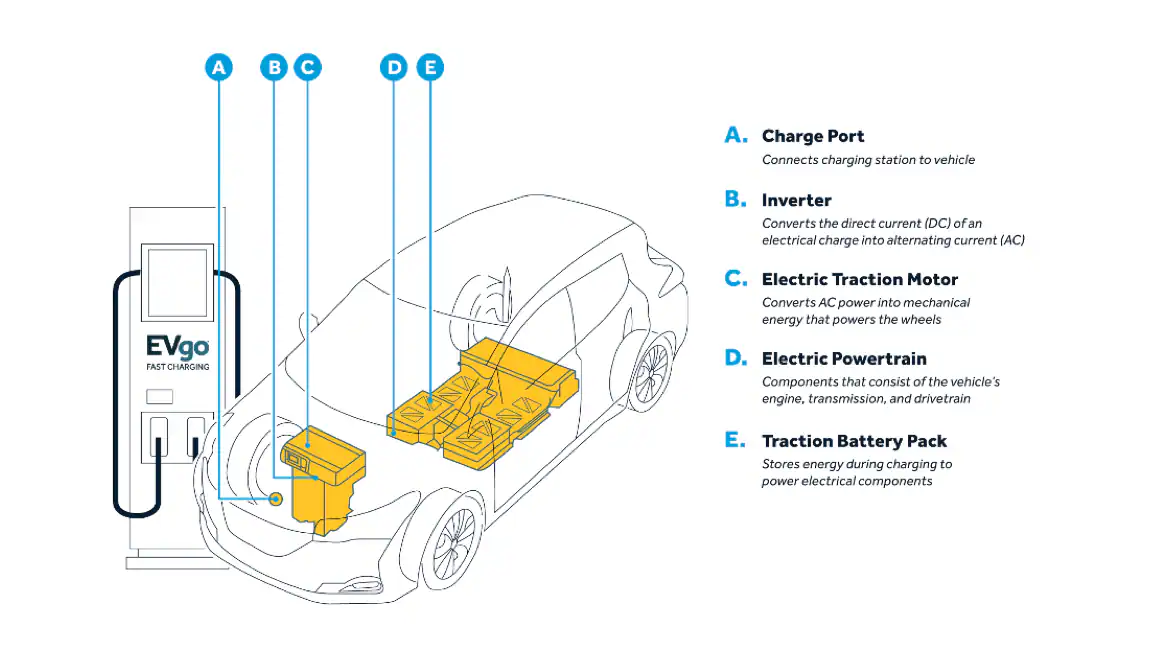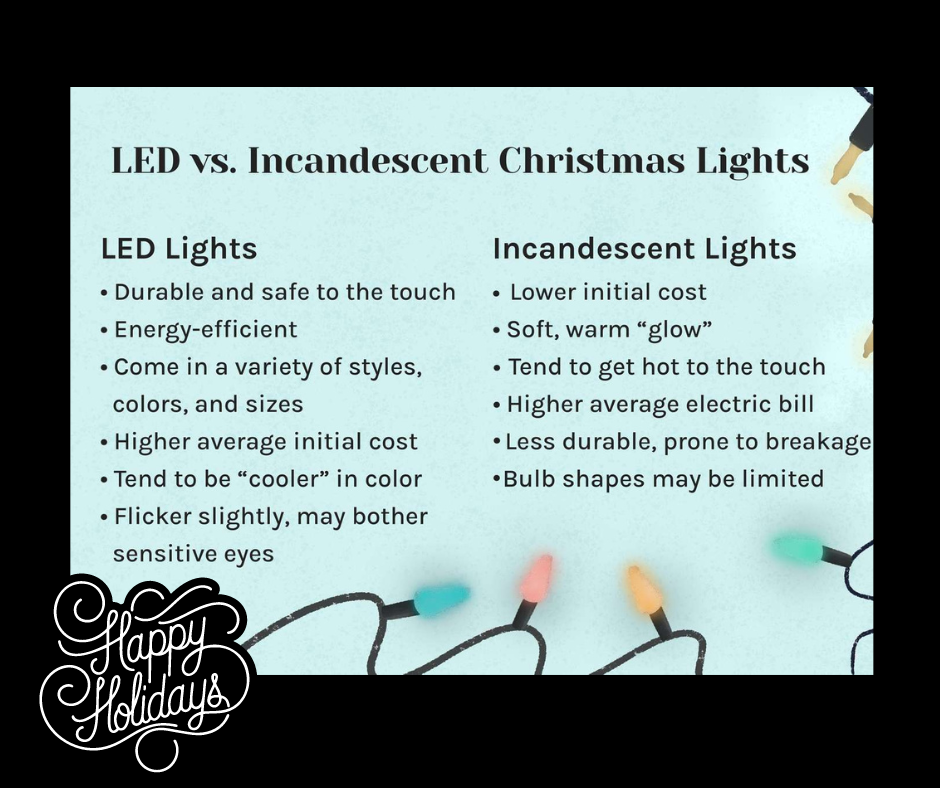Electric fireplaces have become a popular addition to many homes, offering a cozy and convenient way to enjoy the charm of a fire without the hassle of logs or gas lines. But how much does it cost to run an electric fireplace?...
Picture this: You go to plug in your phone or a kitchen appliance, and suddenly… nothing. The outlet just isn’t working. It's frustrating, right? If you’ve ever faced this issue, you’re not alone—it’s one of the top searches people make when it comes to home electrical problems. So, let’s break down the reasons why outlets stop working, and how you can troubleshoot them yourself.
1. A Tripped Circuit Breaker
This is one of the most common reasons outlets stop working. You’re probably overloading the circuit with too many devices plugged into the same outlet or connected outlets in the same room. The circuit breaker cuts off power to prevent overheating or potential fire hazards.
How to fix it: Head over to your breaker box, look for a switch that’s not aligned with the others, and flip it back into place. Boom! You’re back in business.
2. A Blown Fuse (Older Homes)
If you live in an older home with a fuse box instead of a circuit breaker panel, a blown fuse could be the culprit. This happens when too much power is drawn from the circuit, causing the fuse to burn out.
How to fix it: Check your fuse box and look for any fuses that appear burnt or damaged. Replace it with one of the same rating.
3. GFCI Outlet Trips
Ground Fault Circuit Interrupters (GFCIs) are safety devices often installed in kitchens, bathrooms, and outdoor areas. They detect electrical faults and cut off power to prevent shocks. If you have outlets that suddenly lose power in these areas, a tripped GFCI might be to blame.
How to fix it: Find the GFCI outlet, hit the reset button, and check if the outlet is working again. Sometimes, resetting one GFCI can restore power to several outlets on the same circuit. To learn more, read our blog post on resetting your GFCI.
4. The Outlet Is Worn Out
Believe it or not, outlets don’t last forever. Like anything else in your home, they wear out over time. If your outlet is discolored, feels hot to the touch, or has a burning smell, it’s probably time to replace it.
How to fix it: Replacing an outlet isn’t always a DIY job. If you see physical damage, contact an electrician to safely replace it.
5. Loose Wiring
Loose or disconnected wiring is another common reason outlets fail. This can happen behind the outlet itself, or within your home’s electrical system. It can be dangerous to poke around with wiring, especially if you’re unsure how to handle it safely.
How to fix it: You can turn off the power at the breaker box and inspect the outlet, but for safety reasons, it’s often best to have a professional take a look.
6. The Electrical Panel Has Issues
Sometimes the problem is not with the outlet but with the electrical panel itself. Panels can wear out over time, and if you’re experiencing frequent issues, your panel might need some attention.
How to fix it: Have a professional inspect the panel for any damage or wear. If needed, you may have to upgrade or replace it to ensure your home’s electrical system runs smoothly. Want to learn more about panel changes? Check out our panel page.
7. External Factors
Here’s a twist: Sometimes the issue isn’t inside your house at all. Utility work, storms, or other external factors can disrupt power to your home, making it seem like just one or two outlets are faulty.
How to fix it: Check with your neighbors or call your utility company to see if there’s a wider outage in your area.
Final Thought
It’s easy to panic when your outlets stop working, but as you can see, many causes are easy to identify and fix. If you’ve tried resetting breakers, GFCIs, and checked for loose wiring without success, don’t hesitate to call in an electrician. Safety first! And remember, the goal is not just to fix the outlet but to ensure your home is safe and functioning smoothly.
Have more questions? Feel free to reach out or leave a comment—we’re here to help!
From the blog




